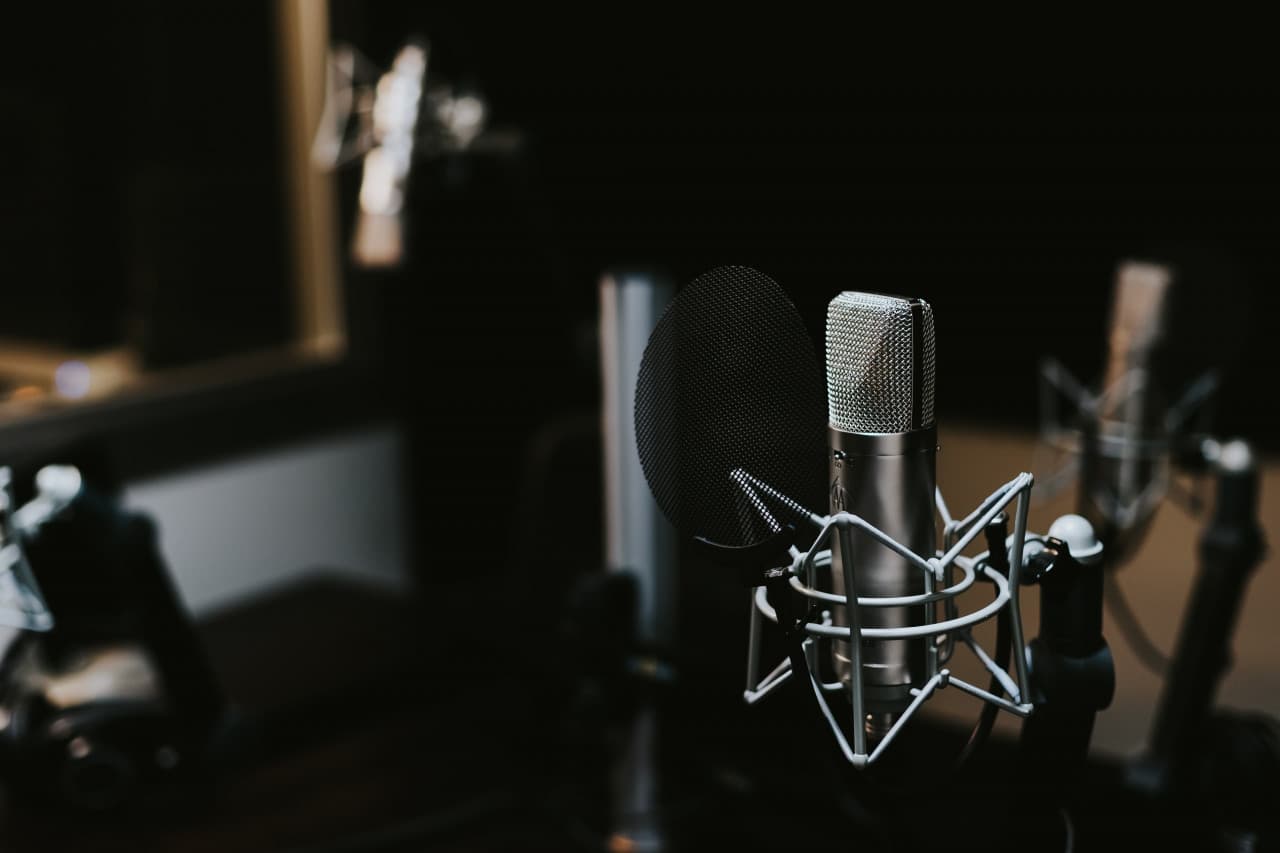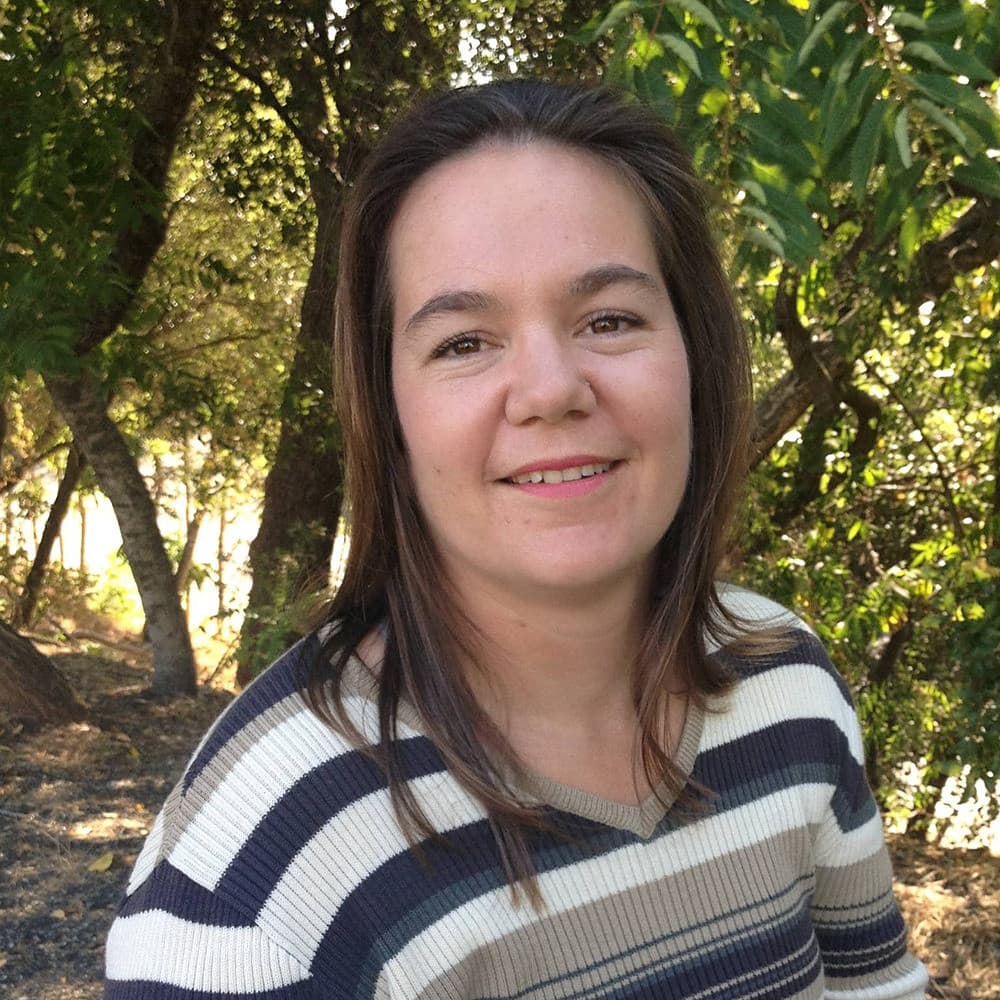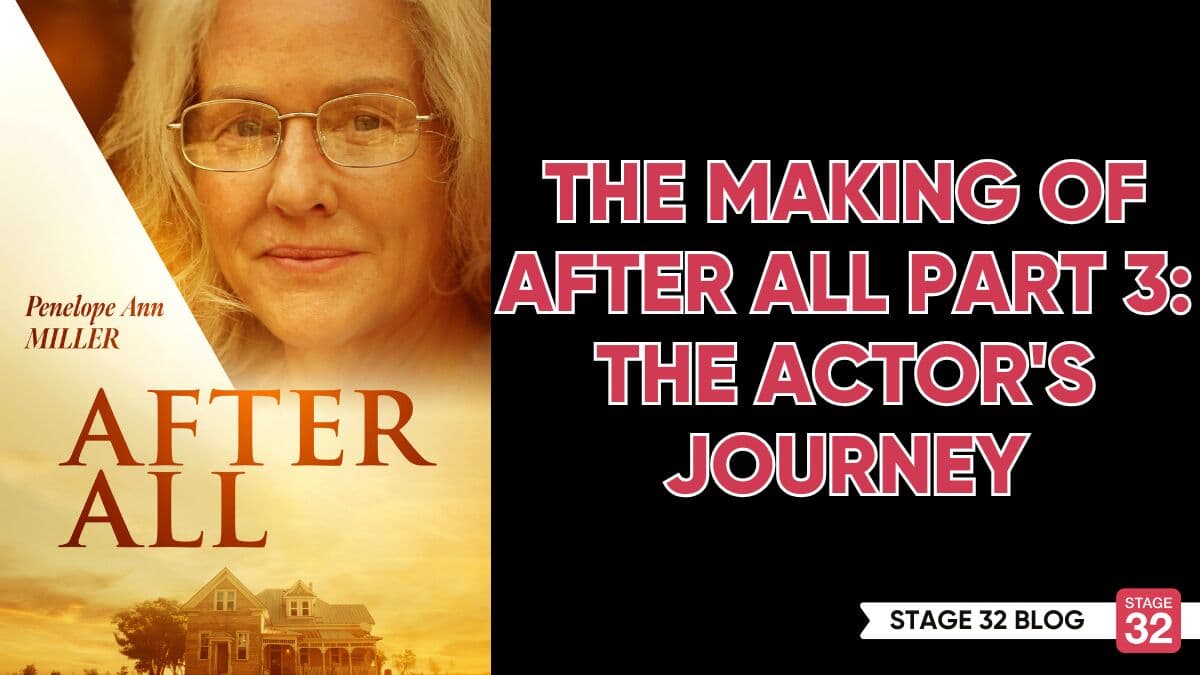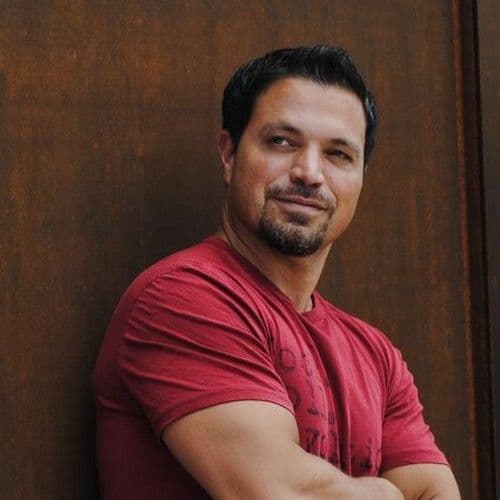How To Produce An Audio Drama

Audio dramas are a fun way to bring your project to life without the cost of television production. Think War of the Worlds. When radio was the only medium available to digest content from, dramatic shows gained popularity but fell to the wayside with the introduction of visual media. However, with the introduction of podcasting and its resulting popularity, audio dramas are making a comeback.
I published my first novel, Day After Disaster, in 2014. It became book one in a series of novels titled The Changing Earth Series. My favorite novels are books that entertain you and teach you valuable lessons along the way. Concerns about our changing planet and increased reliance on technology for survival translated into stories. My characters use legitimate survival techniques to stay alive and thrive in a world without technology that is constantly creating new challenges for humanity’s survival.
Separately, on my podcast, we read a chapter of the novel and then discussed the realities of the skills unveiled in the story.
Thrilled with my progress, I started pitching the book series to Hollywood. I knew having my show picked up as a television series would be a marathon and not a sprint. However, I am not a patient person. I wanted to see the world I created come to life. I decided to produce an Audio Drama to play on my podcast.
Step One: You Need a Script
The first thing you need to produce an audio drama is a script. Luckily, I have access to ten novels of IP in The Changing Earth Series. I adapted my stories to screenplays but wanted to give my fans new content, so I expanded the content for critical characters. Writing audio drama scripts is excellent practice for your screenwriting abilities, and my skills have grown along with the show.
One thing you do need to remember is that an audio drama is audio only. You can’t visually show little nuances or battle scenes. You have to bring them to life through sound and character descriptions. During the first season of The Changing Earth Audio Drama, I used a narrator to help fill in the gaps. However, it felt more like an audiobook than a television series that you are listening to rather than watching. In the second season, I removed the narrator. The characters had to pick up the slack in dialog so the audience could follow what they saw and felt. You can choose the best method for your show, but I prefer the show without the narrator.

Step Two: You Need Performers
Finding quality performers who will work on a volunteer basis is a challenge. I have involved all of my friends and family in the process. Some are better than others at bringing feelings and emotion to the character. I also have a vast community of podcasters that I know. These are all people with microphones who like to use their voices. Their assistance has been critical. The other place to find performers is on Stage 32. There is a job board where you can post positions. I have found some very reliable performers willing to participate without the promise of getting paid. Recognition is recognition, no matter what you are performing.
Trying to coordinate schedules is absolutely impossible. To make the lives of the performers easier, I give them their script, and they record their lines and send me the file. Putting all the voices together is a chore, but it is still easier than getting everyone to record together. My only stipulation is that they send me the file as an MP3 in a single voice file. My personal go-to program for recording is Audacity. The software is available for free, and that makes it even better. However, people record on all types of platforms, including their phones.
Step Three: Bring it Together
Now that you have all of the voices for your show recorded, you need to put it together. For this part of the process, you need audio software to edit multiple audio channels simultaneously. There are a vast array of options. The budget I’m working with is non-existent, so I found software that will do the trick and was a one-time purchase with no monthly fees involved. I use AVS Audio editor.
All of the vocal pieces need to sound like they were recorded together. The first thing you do is normalize them to a specific level that makes them sound like they are all talking at the same average volume. I could go into many audio editing details at this point, but there is a ton of information on YouTube on how to make the most of your vocal pieces. All the different audio editing platforms have a little difference in how the mechanics of these tweaks work.
Sounds make the voices sound like they are happening in real-time. You must ensure you have the rights to any sounds you use, or it is licensed as “Creative Commons.” FreeSound.com is an excellent resource for sounds. Ensure you have clicked the Creative Commons tab (otherwise, you can’t legally use it for commercial production). Zapsplat.com is an excellent sight for more sounds. Their gold membership is inexpensive, and it gives you rights to all their sounds and music. You can make your own sounds as well.
Step Four: Sounds
To make it sound realistic, you need to include small sounds as much as large ones. When a character stands up, the chair moves, you hear footsteps, and then they open and close the door before walking down three stairs. These details are just as crucial as the residual sounds in the house and the birds calling outside. It’s easy to learn more about sounds. Just close your eyes. Close your eyes and listen to the outside, the inside, the children playing, and the television. That’s right. It’s easy to learn from the pros. Listen for how they fade the sounds in and out when tonal noises appear. It’s fun once you start noticing.
Be careful with overdoing it. Once you start composing your tapestry of sounds, it’s easy to get caught up in putting in too much. Scenes like gunfights are prime times when too much might get added. When this happens, the vocals get lost in the noise. There are also formulas to sounds; some sounds can actually delete others. Temper your sounds with your vocals, and always listen to the final product in headphones.

Step Five: Music
The last item that makes an audio drama pop is the music. There was no music the first time I produced season one of the audio drama. It seemed dry and lacking something. Once I added the music, the narrator’s role became less important. That’s because the music sets the tone. The music also provides you with the opportunity to share a hidden message via the lyrics of the song. The copywriting information is essential to follow. FreeMusicArchives.com has a good selection of music to choose from. Make sure you click all the boxes on the Copywrite area so you can use and mix the music for commercial projects. Only some of them will require that you give credit to the artist, but as a starving artist myself, I always give credit to all of them and post their music along with the Licensing contract that it operates under. If you know music artists, they may be willing to produce music for your show in exchange for recognition.
Publish Your Production
Allowing your fellow entrepreneurs who have a product or show to sell a commercial spot during the show is a great way to thank them for all their hard work, and trust me, this is work. Writing the scripts is a huge undertaking; you have to organize and recruit all your performers. Then you have to nag them until they finish the lines, which is the easy part. I am proficient at producing audio dramas and still average about two hours of audio editing for every minute of showtime. It is not easy, but it is a fantastic way to make your story come to life without a big budget or a Hollywood contract.
Now that you have a spectacular show, publish it on your preferred podcast hosting site and you've done it! You've just produced your own audio drama.
Let's hear your thoughts in the comments below!
Got an idea for a post? Or have you collaborated with Stage 32 members to create a project? We'd love to hear about it. Email Ashley at blog@stage32.com and let's get your post published!
Please help support your fellow Stage 32ers by sharing this on social. Check out the social media buttons at the top to share on Instagram @stage32 , Twitter @stage32 , Facebook @stage32 , and LinkedIn @stage-32 .
About the Author

Sara Hathaway
Voice Artist, Author, Content Creator, Host/Presenter, Screenwriter
Originally from Michigan, Sara F. Hathaway has based her professional career around business management and her artistic one around the crafting an epic, post apocalyptic novel series, based on rapid climate change and the ability of society to cope with a rapidly altering planet. The Changing Earth...





